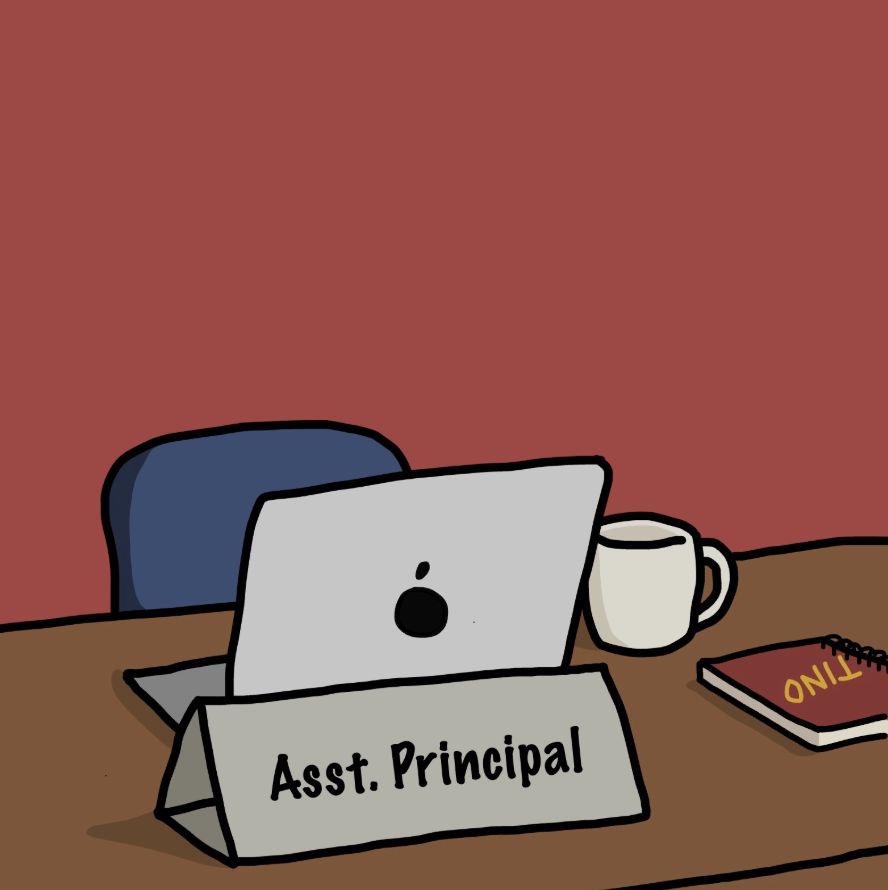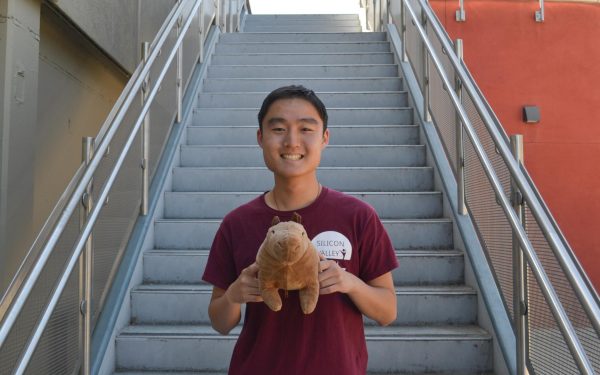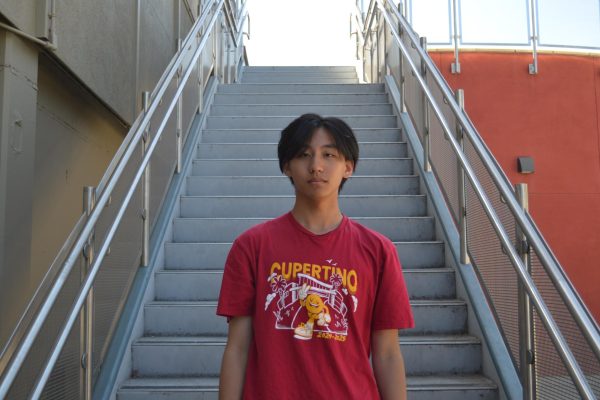What might seem like a small starting sum to buy boba or a new pair of sneakers was something much greater for Cupertino High School students Ethan Leung, Aarav Mehta and Jaseer Abdulla — it was the seed for a much larger fruit. Over time, after growing their initial deposit to yield a significant return, these student investors share their experiences learning how to invest and growing their investment portfolio.
Said Mehta, “I started investing during the pandemic, so around 2020. I didn’t really have any income, because I was 12, so I tried to find ways to make money because I wanted to buy a gaming PC. […] Investing was one of the things I found online that I could do as a kid under my parents.”
Learning how to achieve monetary independence is an enormously important skill. For student investors at Cupertino, the stock market is where it all starts. The funds for an initial deposit are often sourced from part-time jobs or allowances. Under the parental supervision of a restricted account, they are allowed to select and invest in stocks on large stock exchanges — markets where stocks are traded — such as the New York Stock Exchange.
Some students also started with paper trading, or a simulated trading experience on the real market, with fake money. Others experimented with day trading, a type of investing that involves buying and selling securities in one day. These students spend time researching current events to make the best-calculated decisions possible.
Said Leung, “I had to wake up at 5:30 to do my research. I did research over the weekend and then executed trades at 6:30. A lot of research is involved, and that includes just picking companies that you like.”
This fast-paced process can take a toll on mental health — students constantly think about changing global economic situations, because even the slightest changes can drastically affect one’s portfolio. This causes stress because small changes to the market can lead to thousands of dollars of cost or profit.
“You can get burnt out pretty easily,” Leung said., “It’s more volatile and it’s more high risk. You have to work everything based off a very tight time schedule, so every minute, every second counts, and it is indeed very hard to predict accurately the market flow.”
Mehta started investing by finding and learning from resources online.
“The way I started learning was actually […] YouTube,” Mehta said. “YouTube is an amazing tool. There’s so much information out there. There are experts that you can reach without actually having to pay or introduce yourself. You can just watch experts.”
Despite having many online resources for investing, Abdulla emphasized the importance of making smart investments based on personal decisions instead of completely relying on outside influences.
“You can’t learn everything there is to know about trading from simply looking at what somebody else recommends, or maybe what a popular stock trader recommends for that,” Abdulla said. “A lot of it does come from experience.”
“Obviously there’s gurus and fakes and stuff,” Mehta said, “But the more you’re in the space, the more you’ll figure out what to look for when deciding or corroborating someone as a source.”
Part of the learning process was experiencing different trading styles, as well as making decisions that may not be the best. At first, Mehta struggled with being patient while making long-term trades.
Said Mehta, “I’d say one of the biggest challenges for me was my discipline and patience because I would always see a $10 return. I was like, ‘Oh my God, that’s a Chipotle burrito, right?’”
While acknowledging the potentially higher return of short-term trading, Mehta and Leung both suggest holding investments in the stock market for a long period, as it has low risk and will slowly accumulate wealth.
Said Mehta, “Time in the market is better than trying to time the market.”
After gaining more experience and overcoming learning challenges, all three student investors reflect on their rewarding results and spread their knowledge and experience to the Tino Investors community. In this club, the members practice making their own investment portfolios and present their analysis of them during weekly meetings. Additionally, they exchange learning resources and weekly updates on the current status of the market.
Ultimately, Leung, Mehta and Abdulla all believe that with patience and hard work, anyone can succeed in investing. For beginners, there are many challenges and hurdles to overcome before gaining sufficient experience, but as Abdulla said, “You’re not going to know everything at the start, and that’s okay. I didn’t, most other people didn’t. So start slow. Take your time.”









